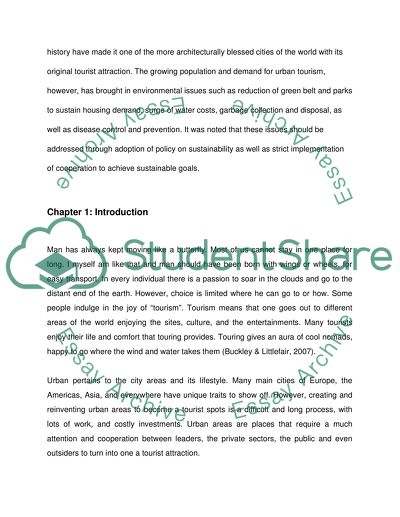Cite this document
(“Urban tourism in Bath Field Report Dissertation”, n.d.)
Retrieved from https://studentshare.org/tourism/1415339-urban-tourism-in-bath-field-report
Retrieved from https://studentshare.org/tourism/1415339-urban-tourism-in-bath-field-report
(Urban Tourism in Bath Field Report Dissertation)
https://studentshare.org/tourism/1415339-urban-tourism-in-bath-field-report.
https://studentshare.org/tourism/1415339-urban-tourism-in-bath-field-report.
“Urban Tourism in Bath Field Report Dissertation”, n.d. https://studentshare.org/tourism/1415339-urban-tourism-in-bath-field-report.


